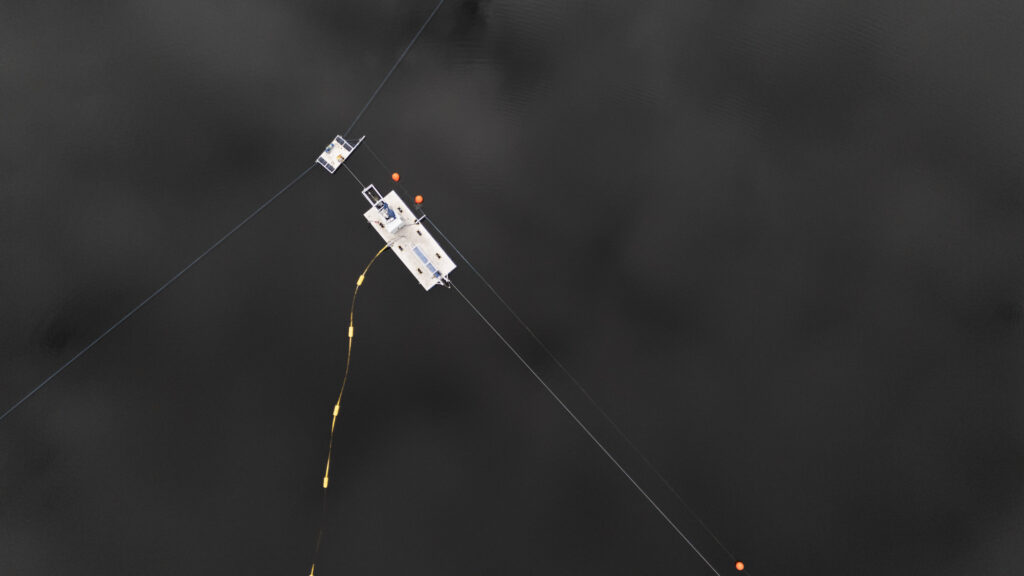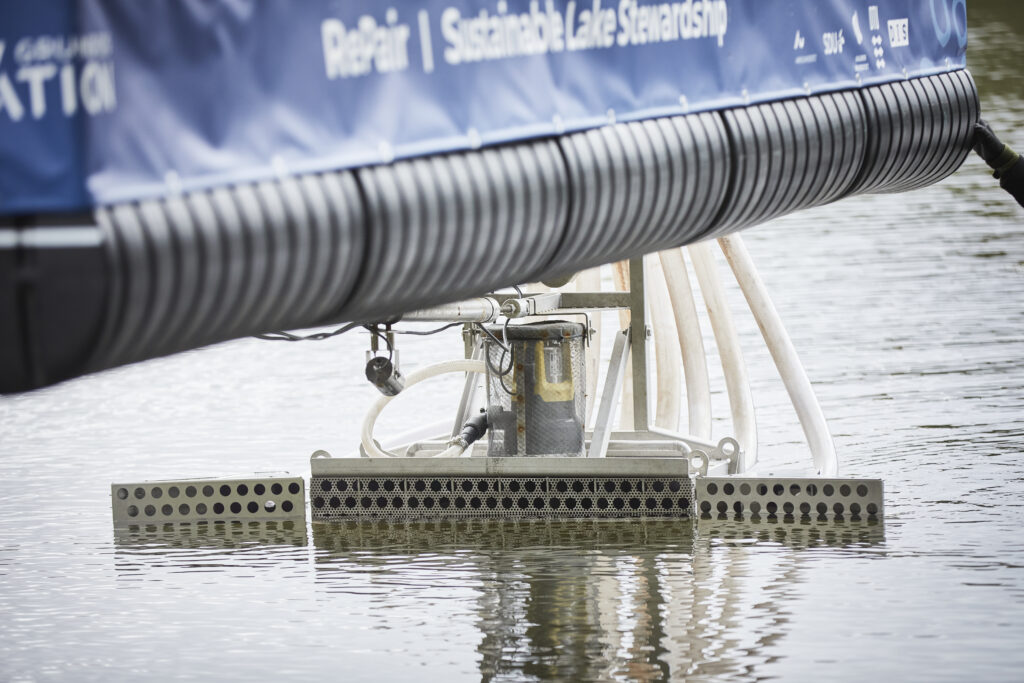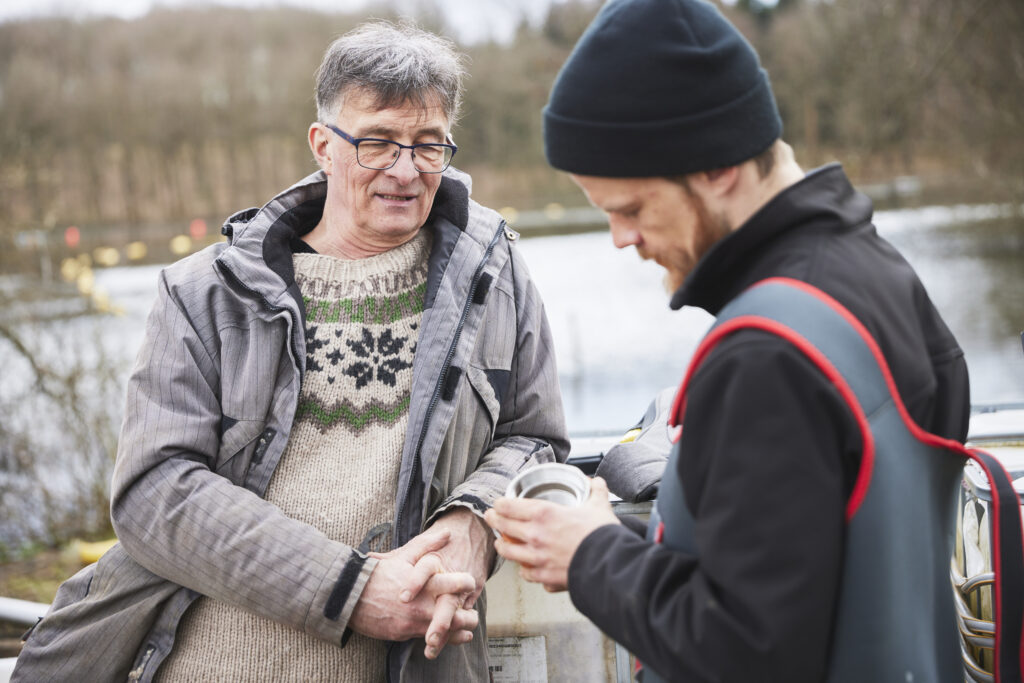Text: Steffen Buck-Hansen, DIS/CREADIS
To create improvements with a long-term effect, it is crucial to remove the top nutrient-rich sediment layers gently and without releasing the nutrients. There are several challenges associated with removing these upper, nutrient-rich sediment layers.
The nutrients are tiny and swirl up easily. If the sediment is not removed correctly, there is a risk of turbulence and redischarge of the nutrients. This can contribute to a negative impact on the environment, disrupt the ecosystem and lead to further loss of biodiversity and fish stocks in the lake.
rePair technology: a new method
In close collaboration with the rePair project, the engineering consultancy DIS/CREADIS has developed a new method to remove sediment from lakes and shallow waters with minimal negative impact on the environment. It is a self-governing system that does not require permanent staffing. The goal is to create a cost-effective process that contributes to the sediment and its nutrient-rich content being reused as a resource in a circular economy.
Like a robotic vacuum cleaner, the system steers itself around the water and locates the nutrient-rich sediment layers. The robot is quiet for the sake of wildlife and works gently and with high precision. The specially designed suction head gently sucks up the nutrient-rich sediment layers.

Like a robotic vacuum cleaner, the system steers itself around the water and locates the nutrient-rich sediment layers. Photo: LStudio
Suction head with unique properties
The suction head can be adapted depending on the nature of the lake and sediment. The suction head gently works through the soft layer of the bottom sediment without mechanical agitation and resulting cloudy lake water. Valves and adjustable nozzles regulate the suction speed and gentle collection of the desired sediment layers. The inlet thereby gently increases the flow of sediment while preventing large rocks and vegetation from entering the system.

The suction head gently works through the soft layer of the bottom sediment without mechanical agitation and resulting cloudy lake water. Photo: LStudio
The rePair technology continuously collects data on sediment, depth and position over the specific work area. Over time, the collected data will be able to contribute to further improving and streamlining gentle sediment removal.
Circular phosphorus recovery (rePair)
A sister project to Sustainable Lake Stewardship, this project aims to build an eco-friendly technology that helps us reuse precious phosphorus from lake sediment. In addition to gentle sediment removal, the rePair project also works with technologies for effective reduction of water content in sludge – HTC (hydrothermal carbonisation technology), electro-osmotic dewatering, and removal of heavy metals and recovery of phosphorus using electrodialysis.
- If you are interested in learning more about the methods and technologies, you can join the Open Seminar on 22-23 May 2024
- You can also familiarise yourself with the project in our 2023 Annual Review
- Alternatively, contact Project Manager Ole Wolff

Ole Wolff (left), the Project Manager for the Foundation’s rePair project. Photo: LStudio.

